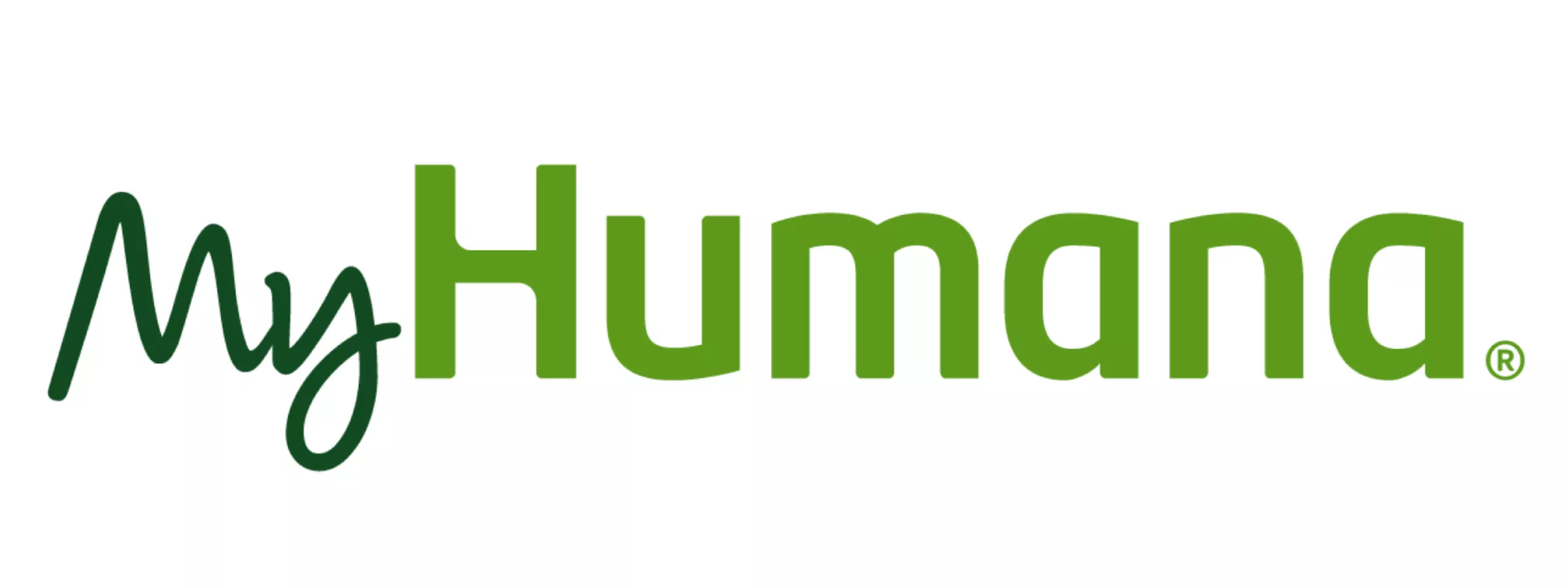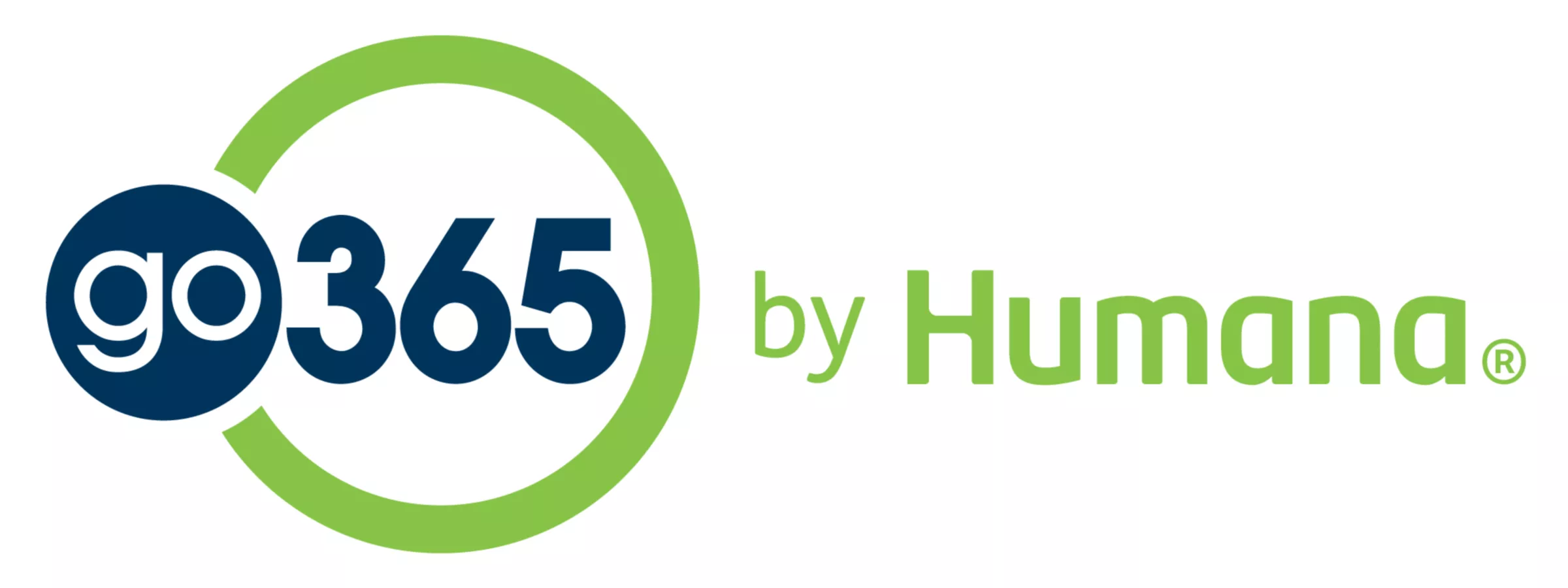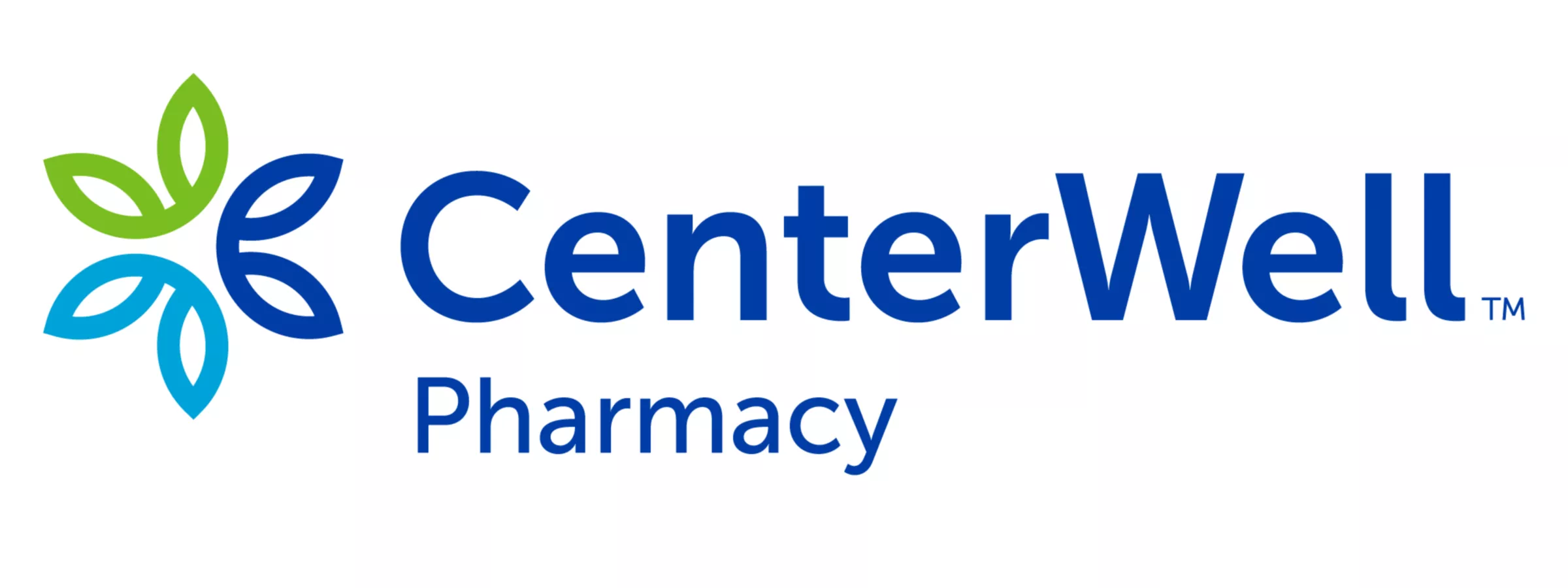Public sector workers tend to be slightly older than the average private sector worker. For example, according to The Council of State Governments, the median age of state employees is higher than the broader labor market, making retirement planning a timely issue.2
From city planners to teachers, public sector workers take pride in the support and services they provide to the public. For many, retirement is the final chapter of a fulfilling career, especially when retirees receive comprehensive healthcare coverage.
The perks and benefits of Group Medicare Advantage (GMA) help drive its popularity amongst public sector workers. About 5.7 million Medicare Advantage enrollees are in these employer- or union-sponsored group plans offered to retirees.1
Let’s take a look at why public sector workers are particularly well-suited to benefit from GMA plans.


An aging workforce

Earlier retirement than private sector counterparts
While the median age of retirement in the U.S. for private industry workers is 65, comparatively, the median retirement age of state and local government workers is 60.3 As employees become eligible to retire, they want to know that their insurance will provide the coverage they need.

Need for greater financial security
State and local government employees earn, on average, 17.6% less than similarly educated private-sector workers, prompting many to think seriously about today’s rapidly rising healthcare costs, and the impact those costs will have on their savings and spending. As a result, comprehensive healthcare coverage is critical to their financial and retirement security.4
Advantages worth celebrating
Given these unique features, Group Medicare Advantage’s appeal to public sector retirees makes perfect sense. Here’s why.
- Robust benefits: Plans can offer more generous benefits than those available under Original Medicare or individual retiree coverage plans, including dental, vision, hearing, wellness programs, prescription drug coverage, gym memberships, meal delivery services, and allowances for groceries and home supplies.
- Predictable costs: Most plans include fixed premiums and predictable copayments or coinsurance for healthcare services, helping stabilize costs for retirees. Limits on out-of-pocket spending can also provide peace of mind.
- Tailored benefits: Plans can mirror commercial offerings or be customized to meet the unique needs of specific groups, such as teachers, firefighters, and law enforcement personnel.
- Nationwide coverage: Many plans offer national coverage, so retirees can receive the care they need even if they choose to relocate after retirement.
- Customized care: Plans can offer Medication Therapy Management, which provides qualified members with a free review of their medications with a pharmacist or another healthcare professional.
Working in the public sector is a meaningful and rewarding experience. Retirement shouldn’t be any different. With the right Group Medicare Advantage plan, public sector retirees can receive the healthcare they need so they can focus on enjoying a well-earned retirement.
- Meredith Freed et al, “Medicare Advantage has become more popular among the shrinking share of employers that offer retiree health benefits,” KFF, last accessed September 4, 2025.
- “Financial fears: Study finds public sector employees stressed about retirement savings,” Public Sector HR Association, last accessed September 4, 2025.
- David Zook. “How do retirement plans for private industry and state and local government workers compare?,” U.S. Bureau of Labor Statistics, January, 2023, last accessed September 4, 2025.
- Monique Morrissey, Jennifer Sherer, “The public sector pay gap is widening. Unions help shrink it,” Economic Policy Institute, last accessed September 9, 2025.


